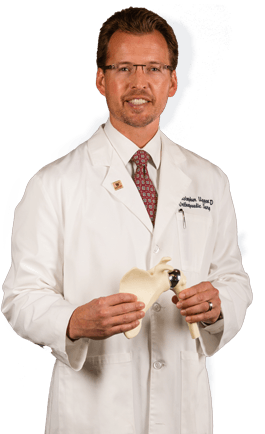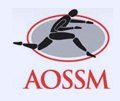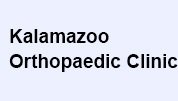Shoulder Arthritis (Glenohumeral and AC Arthritis)
Glenohumeral Arthritis
The shoulder is a 'ball-and-socket' joint. The shoulder joint is also called as glenohumeral joint, the joint formed by glenoid and humerus bones. The shoulder joint is formed when a ‘ball' at the top of the upper arm bone, humerus, fits neatly into a 'socket’, the glenoid, which is part of the shoulder blade.
Glenohumeral degenerative joint disease (GDJD), also known as osteoarthritis of the shoulder, is a condition characterized by degeneration or wearing away of the protective cartilage that covers the ends of your bones (articular cartilage). As a result of degeneration of the articular cartilage the ends of the two bones rub together and form bony growths (osteophytes).
Glenohumeral DJD is most often seen in people over 50 years. It can also develop after an injury or trauma to the shoulder. The condition may also be hereditary.
A person with glenohumeral DJD is likely to have tenderness and shoulder pain that aggravates during activity. Stiffness of the joint is often common. You may also hear a clicking or creaking sound as you move your shoulder.
To diagnose glenohumeral DJD, your doctor will take a medical history and perform a physical examination of your shoulder. X-rays of an arthritic shoulder may be useful to see osteophytes and loss of joint space.
Treatment for glenohumeral DJD includes both nonsurgical treatment and surgical treatment. Non-surgical treatment includes use of anti-inflammatory medications, applying ice, performing range-of-motion exercises and physical therapy, and occasional corticosteroid injections.
Surgery may be indicated if nonsurgical treatments are not effective. Glenohumeral DJD can be surgically treated with two forms of replacement, hemiarthroplasty and total shoulder arthroplasty. In total shoulder arthroplasty the entire shoulder joint is replaced with an artificial joint, where as in hemiarthroplasty only the head of the upper arm bone is replaced.
AC Arthritis
Acromioclavicular (AC) joint arthritis is a condition that develops when the cartilage cushioning the AC joint in the shoulder begins to wear out. The shoulder is a 'ball-and-socket' joint. A ‘ball' at the top of the upper arm bone, humerus, fits neatly into a 'socket’, the glenoid, which is part of the shoulder blade, scapula. The shoulder joint is made up of three bones, the collarbone (clavicle), scapula (shoulder bone), and humerus (arm bone). The AC joint is located where the clavicle meets the end of the shoulder blade, acromion.
The AC joint osteoarthritis occurs as a result of repeated movements of the arm and overhead activities. People who lift heavy weights overhead such as weightlifters and those involved in overhead sports such as basketball are at increased risk for developing osteoarthritis of the AC joint. Another common cause is a previous injury to the AC joint causing AC joint separation.
Osteoarthritis in the AC joint may cause pain and tenderness in front and top of the shoulder. Moving the affected arm across your chest may compress the AC joint and worsen the pain. Pain also radiates to the shoulder, front of the chest, and the neck. In patients who had previous shoulder injury, bumps appear around the AC joint. You can hear a snap or click when you move your affected shoulder.
Diagnose of AC joint osteoarthritis will be made by collecting medical history and physical examination. During physical examination your doctor will look for tenderness over the AC joint and pain with compression of the AC joint. X-rays of the AC joint will be taken to reveal bone spurs around the joint and narrowing of the joint space.
Treatment for AC joint osteoarthritis includes both nonsurgical treatment and surgical treatment. Non-surgical treatment includes rest, use of nonsteroidal anti-inflammatory medications, physical therapy, and injections of corticosteroids. Surgery may be indicated if nonsurgical treatments are not effective. Arthroscopic distal clavicle excision is the surgery of choice for AC joint osteoarthritis. During this surgery, your doctor removes about half-inch of the clavicle bone at the end where it meets the scapula. As the process of healing occurs, scar tissue will fill the space created by removal of the piece of clavicle bone. The scar tissue allows normal movement of the AC joint and avoids rubbing of bone ends.













